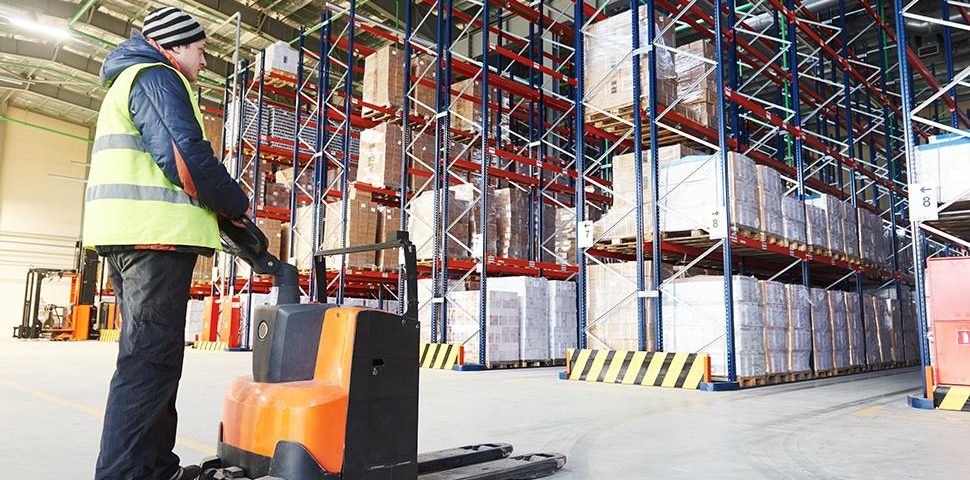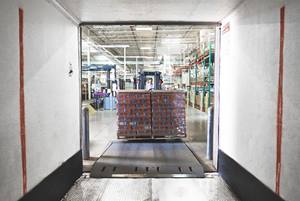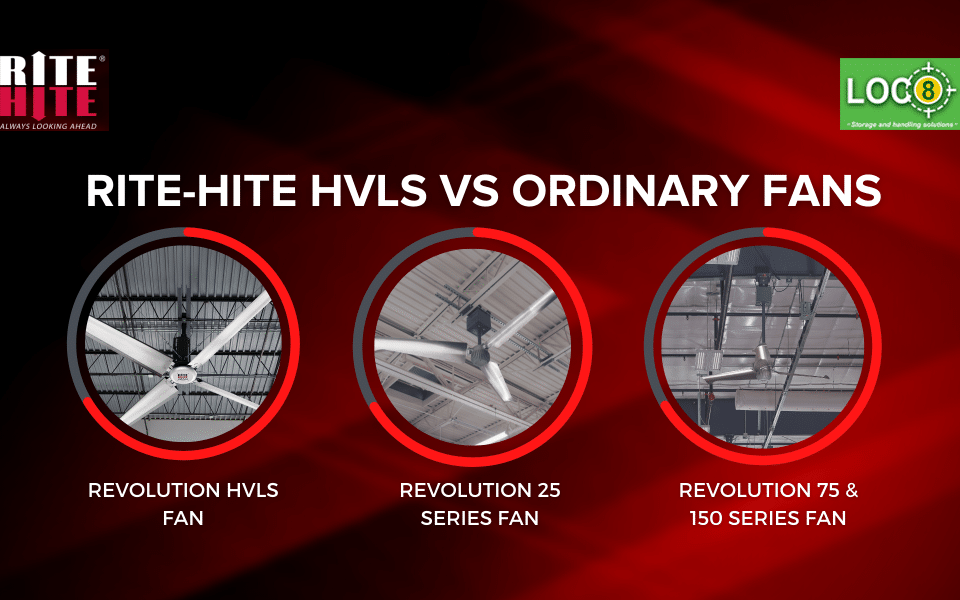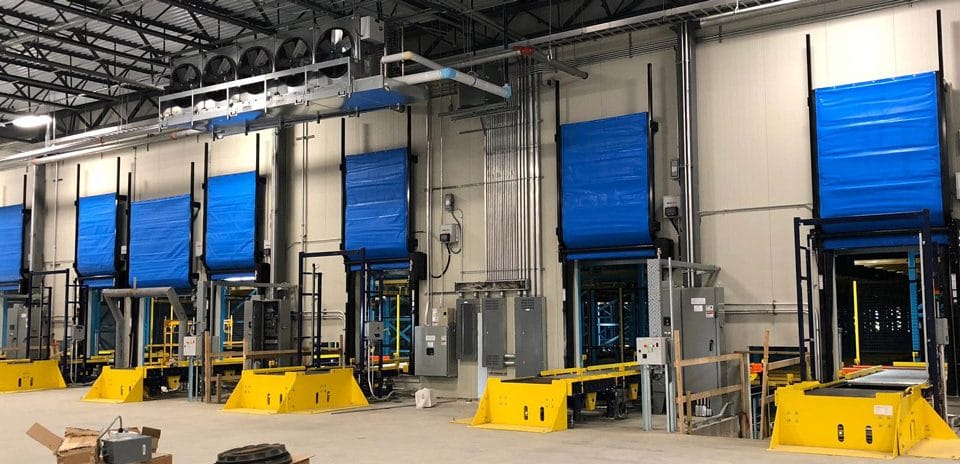
All You Need to Know About Warehouse Design Consultants
November 8, 2018
The Impact of Technology on Warehouse Operations
January 8, 20196 Warehousing Trends to Watch out for in 2019 (and their Impact on your Business)

Warehouse processes and activities have, for a long time, been run manually. This has often resulted in additional costs, shipping delays and even the dispatching of wrong products. The advent of new forms of technology continue changing how things are done in many industries and warehousing is one of them. With the use of artificial intelligence, internet of things, big data, drones and robots, the warehousing space is predicted to transform over the coming years. But will this change how you do things? If you are a warehouse or if your business requires warehouse management, then you need to stay keen on some of these emerging trends.
How Warehouse Demand Changed over the years
Warehousing services in the world are set to increase at a compound annual rate of about 6% for the next five years. This has been attributed to a global demand in the health care, manufacturing and pharmaceutical industry. To keep up with the demand, warehouse managers have been forced to come up with different offerings that meet the needs of their clients. But how has warehouse demand changed over the past few years?
- On-demand warehousing
Businesses often wanted the peace of mind and advantages that owning a warehouse presents. A business that purchases or builds its own warehouse can tailor the warehouse according to its demands and will not have a problem with storing or moving inventory. While this is a great advantage to renting warehouse space, it requires the business to put in more thoughts into logistics than in preparing and advertising their products. On-demand warehousing changed all that. It is no doubt that many people use their phones to get a taxi to their airport by using Uber or using Airbnb to find a place to stay. In the same way, warehousing services can also be procured on demand. This means that the client uses their phone to find warehouse space and only pays for what they use. The best thing with such an approach is that it allows a firm to adapt to any changing variables.
- E-commerce
E-commerce has also changed the warehousing sector over the past few years. A number of challenges have been felt in the warehousing industry owing to the development of e-commerce as a suitable form of retailing. In traditional retail, shipping would often involve the movement of large quantity products over long distances. However, e-commerce requires the transportation of smaller quantities directly to individual clients. There has also been a shift in customer expectations with most people expecting two-day or even same-day delivery of products. Businesses that provide warehousing solutions have had to streamline their business operations in a way that caters to the new demands of the industry.
- Technology
The increased reliance on technology has also impacted warehousing demands over the last few years. The adoption of technology has not only made warehousing operations easier but it has also reduced the challenges of warehousing. For example, now you can easily find dock levelers in UAE, pallet racking and other logistics solutions that rely on technology to make work easier.
What are the trends in Warehousing in 2019
- Warehouse robotics
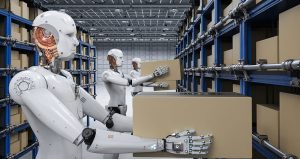 Robotics is poised to change the world and we believe that it will continue changing warehousing solutions in 2019. Many distribution centres around the globe already have some form of automation system but this is often limited to warehouses that have advanced management systems. Warehouses are expected to reach a tipping point if they can master true robot picking systems where robots can pick and deliver orders from conventional racking. One prediction in 2019 is the development of robots that can conveniently master the art of warehouse shelving. A number of companies have shown significant progress with this trend. For example, a robotics firm based in France has created a robot that can easily climb warehouse racks from any level. The robots then place the products to the surface where they are sent to human employers.
Robotics is poised to change the world and we believe that it will continue changing warehousing solutions in 2019. Many distribution centres around the globe already have some form of automation system but this is often limited to warehouses that have advanced management systems. Warehouses are expected to reach a tipping point if they can master true robot picking systems where robots can pick and deliver orders from conventional racking. One prediction in 2019 is the development of robots that can conveniently master the art of warehouse shelving. A number of companies have shown significant progress with this trend. For example, a robotics firm based in France has created a robot that can easily climb warehouse racks from any level. The robots then place the products to the surface where they are sent to human employers.
A key benefit of employing the use of robotics is that it will increase the number of orders that can be picked in an hour, thereby streamlining the warehouse operations. Furthermore, the use of robotics will help to reduce human errors such as picking and transporting wrong items as they are more reliable. Any person who manages a warehouse can easily confirm that labour costs can be extreme and robots can help reduce the overall labour bill.
How does this reduce some of the warehousing issues being experienced currently? First, there is likely to be a significant drop in the number of human accidents in warehouses. OSHA asserts that slips, trips and falls are a high cause of accidental deaths (15%) although they are also the easiest to prevent if the right safety procedures are implemented. Cost reduction and increased efficiency are also other advantages that will make robotics a trend to watch out for in 2019.
- Blockchain
Blockchain foundational technology is one of the most talked about topics in the recent past, and for good reason. It is, however, worth noting that the blockchain discussion is still not prevalent in all industries since it is not well understood. Although most of the discussions on blockchain occur in the financial services industry, the technology can disrupt a number of industries including the warehousing sector.
What is blockchain? Basically, blockchain can be defined as a public ledge where new transactions or records are linked between a number of systems. However, unlike the previous traditional systems of recording, there is no single record of this transaction, making it difficult to change transaction records.
Warehousing services were a tad bit easier when most of the operations were localized. In the contemporary world, companies source materials from all the corners of the earth and ship to their clients based on the other side of the world. This has made it difficult to find a reliable and reputable system that takes note of each step of the process. For example, it is not uncommon for logistics firms such as warehouses to lose inventory when these products cross the borders, with little to no recourse available. Blockchain also makes global supply chain financing effective. Any cross-border transactions made from your warehouse will likely involve a lot of paperwork and bureaucracy. This will generally have an impact on how long it takes to process orders and get paid. Blockchain will not only help to speed up the processing of inventory but also make it secure and cheaper through running a distributed register that is not easily manipulated.
- The Internet of things (IoT)
Packing and shipping products was previously a hectic process that required you to have a number of order takers. The pickers would have a list of products and who walk around the warehouse searching for them and loading them up. Adopting an internet of everything system makes it efficient by using a robot-like system which not only retrieves the product but also delivers them to your employees. Your employee can then load the products onto a truck. Monitoring such a system is also a piece of cake. You can use sensors to determine the location of the robot or to monitor the pallet racking system, which then sends information to a remote monitoring team.
How was it made possible? The system is fitted with an RFID tag and sensors that communicate information in real-time. The person-in-charge of the distribution can then identify the location of a particular item, where it came from and the expiration date.
Another critical benefit of using the IoT is that it will reduce the issue of inaccuracies and the loss of products in a warehouse. Since a large part of a warehouse’s job involves tracking a blur of moving items, the use of IoT devices increases the probability of shipping the correct items and knowing their precise location at each time. In addition, the use of IoT devices can help to increase productivity by ensuring that each machine stays on its course and does not diverge from its predetermined route. While the use of IoT has been predicted to increase over the past few years, 2019 may be the year that we can finally get to fully automate all the processes in a warehouse.
- Big data
The 21st-century business is premised on one thing, data. The importance of collecting and analyzing data accrued from business transactions and records cannot be underestimated even in a warehouse. It is, however, imperative to note that businesses can only analyze data if they have the capabilities to collect it.
As complex as it may sound, big data is a term used to refer to the large data sets that companies can mine and analyze to reveal some useful patterns. These patterns may not be so obvious to the human eye due to their magnitude hence the need to introduce some tools that can help to collect information.
Companies today are using tools such as barcode scanners or RFID scanners to mine data about each product that is brought into the warehouse. Firms such as Wal-Mart and even Amazon have already adopted the use of big data to monitor their inventory and more warehouses are set to adopt this trend in 2019. Better technology will also help to improve how data is collected in the warehouse and how the businesses can leverage this information to draw better customer patterns.
One of the primary benefits of adopting big data in warehousing is that warehouse managers can make more proactive and faster decisions. This will improve the overall customer service through better working speeds, warehouse responsiveness and the ability to share information easily.
Warehouses will also be able to leverage the information they accrue from the data to improve operations in the warehouse. While a few firms have had the capabilities of collecting and analyzing big data, there have been issues of data security and governance. However, better technologies to be developed in 2019 are expected to improve the challenges that big data has been facing. This will ensure that big data solutions become easy to use, secure and well-integrated with the operations of the business.
- Change in the workforce
Changing the hands of management from the baby boomer generation to millennials will definitely impact the overall management of warehouses in 2019. Boomers are retiring and millennials are set to join the ranks of management. Warehouses that seek to make their company an attractive and efficient workplace will have to create strategies that will not only attract but also retain the youthful generation. This does not mean that millennials have something unique that they bring to the table since a significant number of individuals in their 50’s and 60’s are also early adopters of technology. However, the millennial generation grew up with a lot of the tools and technology that warehouses are set to implement. These include the use of smartphones, virtual reality, cloud computing among others. It is thus a no-brainer that this millennial generation will launch warehouses that are technologically advanced and efficient.
Furthermore, millennials are also known to have some form of environmental and social consciousness that can also be useful in the warehousing industry. For example, the use of greener materials in the warehouse and a more transparent supply chain management.
While the shift in management is promising, it is important to determine how warehouses can prepare for the change in the workforce. Millennials not only love but also expect the use of new technologies at the workplace. Utilizing these technologies at your workplace will be one way to entice employees from this generation for now and in future. Apart from technology, millennials are also responsive to different management styles than the past generations. It is thus prudent for warehouse managers to focus on engaging the millennial workforce. Failure to address these changes will ultimately lead to high employee turnover and lost funds in unnecessary training costs.
- Risk management
Warehouses have changed from being mere storage facilities to contributing more to supply chain management. The need for outsourcing, supply chain security and the interdependence of all firms in the logistics industry have changed the overall role of warehouses today. The advent of the internet has also increased the scope of responsibility for most warehouses. A key trend in 2019 is the focus on risk management and supply chain resiliency. Although there is a lot of warehouse technology that aims at ensuring the safety of inventory and even data collected in the warehouse, it is not enough to prevent things from happening. How will this be done? Visibility throughout the supply chain, cooperation with distributors or key stakeholders and a sound response plan for emergencies will help improve risk management in warehouses.
Final thoughts
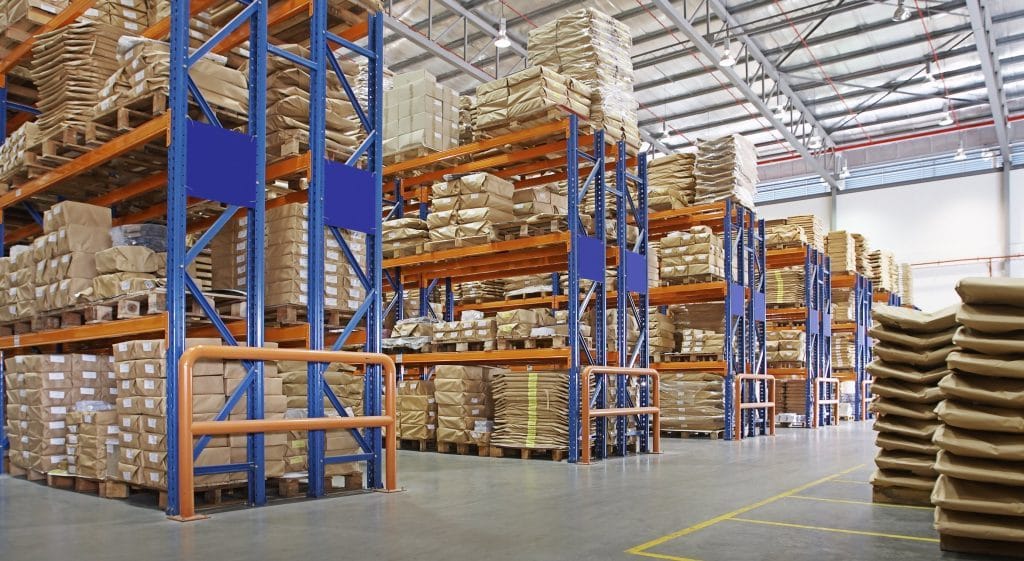
2019 will be a great year for warehousing as there are a number of developments that are set to change the operations of warehouses. The adoption and integration of technology in warehouses will help to improve efficiency, increase transparency and reduce costs. From the use of warehouse robotics to the adoption of the blockchain foundational technology, we believe that 2019 will revolutionize how business is carried out in most warehouses. While some of these trends have been on the verge of implementation, the next year will see more warehouses adopt these technologies. Also, we can expect better technologies to address some of the challenges that warehouses have been facing in the past.
The first step in leveraging these trends in your business is to understand the key changes that are happening in the industry. It is impossible to make changes in your warehouse if you do not understand how the changes will impact your business. Getting the services of a renowned warehouse consultant such as LOC8 can help you get a clear picture of the looming changes while you focus on providing the best services to your clients. What are some of the benefits of hiring a warehouse consultant? First, your overall customer experience and satisfaction will improve and guarantee you of more business transactions in the future. Our logistics solutions will also help to improve security in your warehouse. Security is critical in any warehouse operation as it is impossible to prevent theft and mischief when your warehouse has a lot of inventory.
Furthermore, we also help improve operations in your warehouse by supplying you with some useful warehouse equipment. For example, we are a reliable dock leveler supplier in Dubai and can also improve your warehouse shelving. With the use of these technologies, we can guarantee an increase in efficiency and a reduction in overall costs. At LOC8, we understand that the process of packing and distribution is significantly reduced by implementing an efficient racking design, which then reduces the work of your employees. For a long time, LOC8 has been the main contractor of warehouse logistics in UAE and the greater Middle East region.
Why choose us? We incorporate a mix of experience, creativity and a personal touch for each client to ensure that your expectations are exceeded. Contact us today and let us help you take advantage of these warehousing trends in 2019 and in the years to come.


